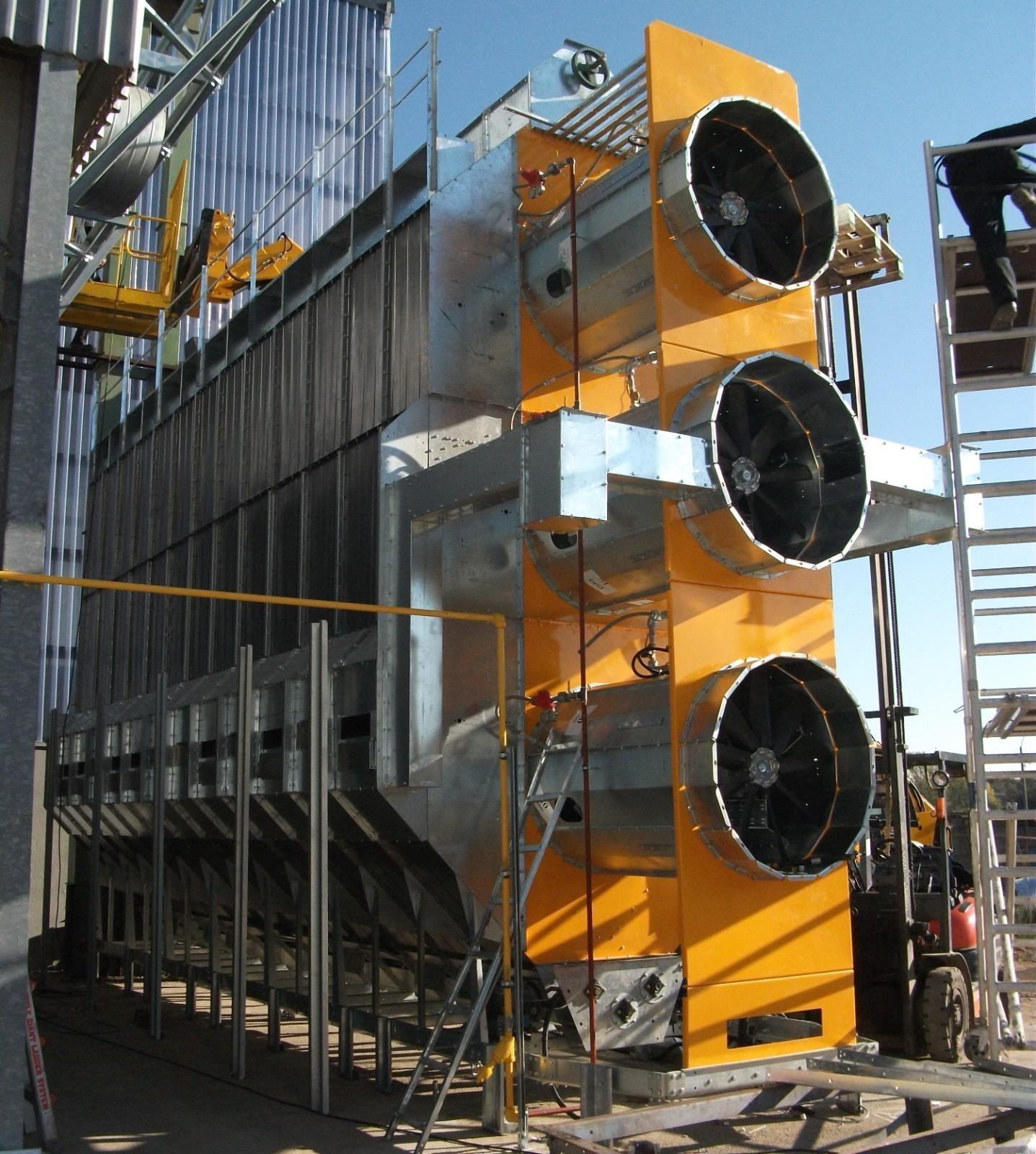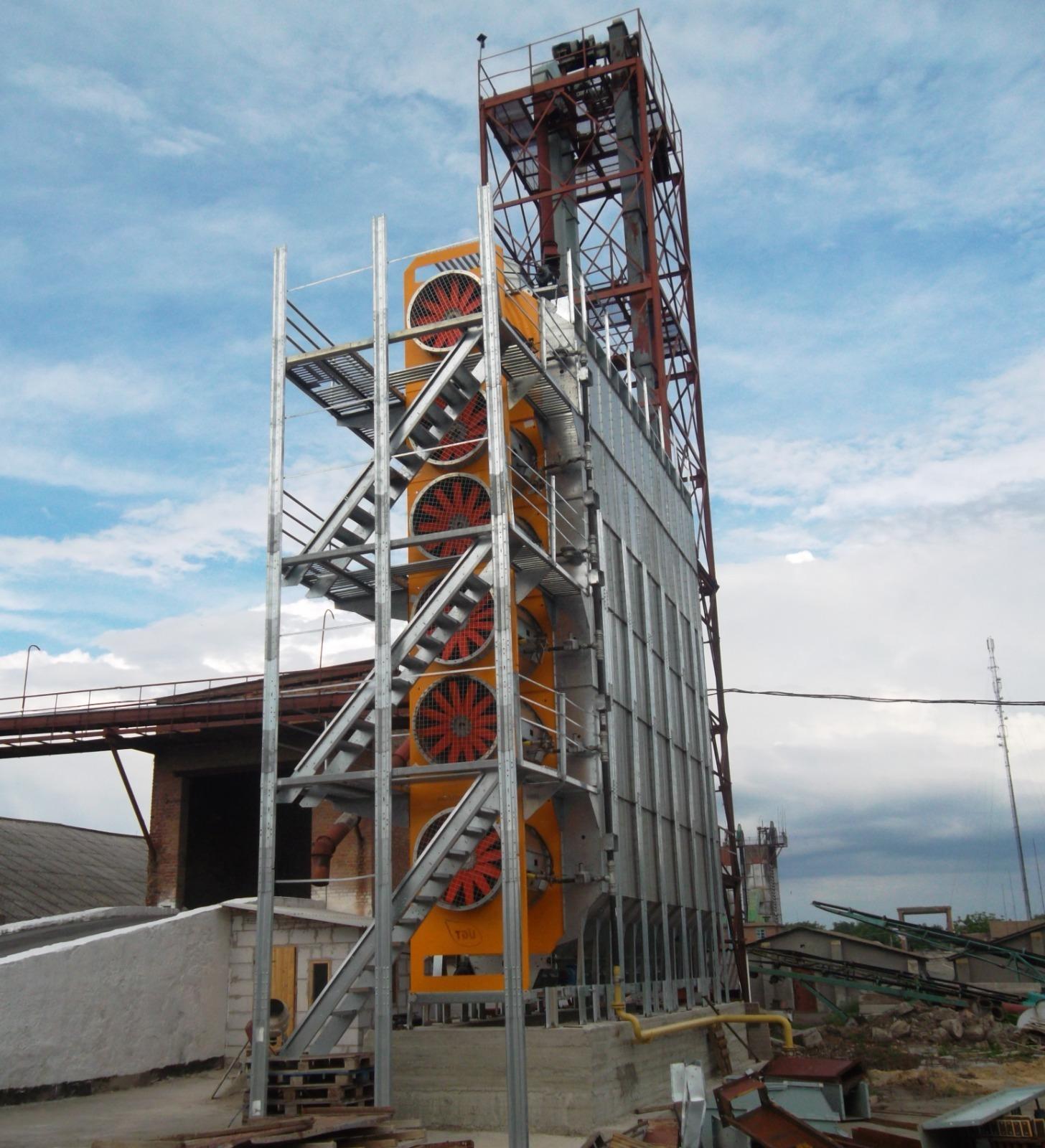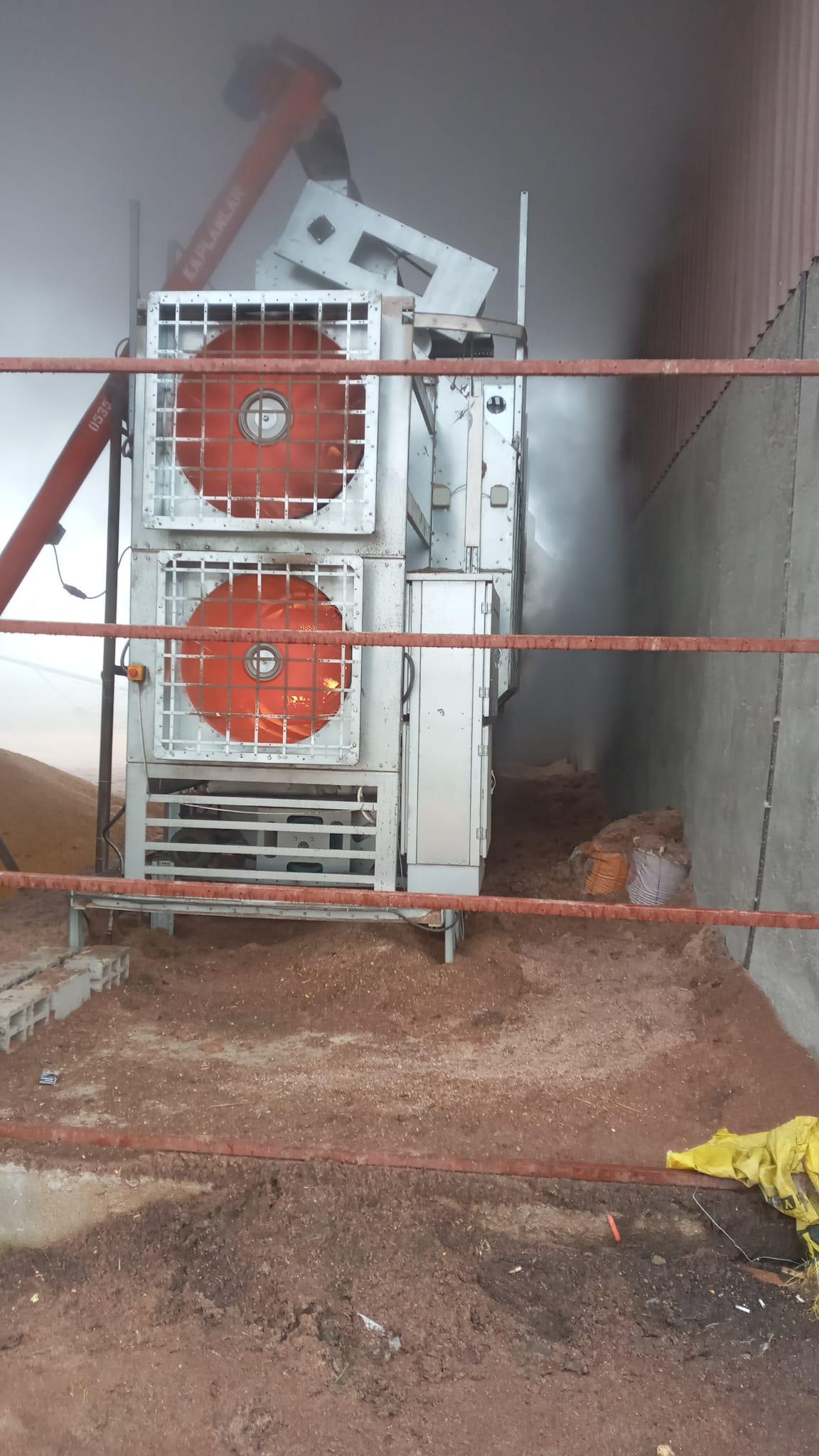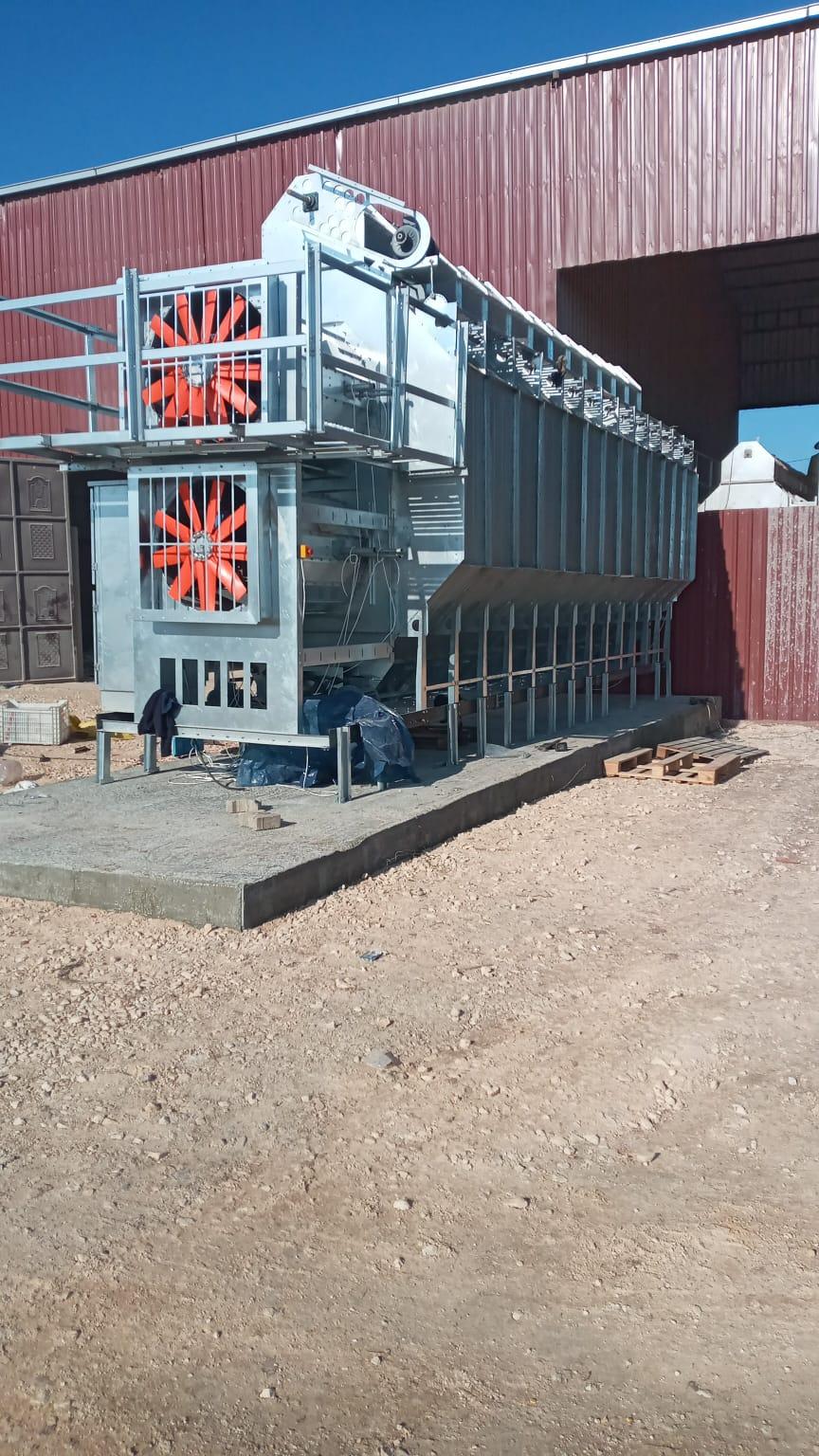What to Look for When Buying a Grain Dryer (U.S. Version)
1. Drying Capacity (Tons per Hour/Day)
-
Understand how much grain the dryer can process per hour or day.
-
For small farms: 2–10 tons/hour
-
For commercial-scale operations: 30+ tons/hour
-
Choose a capacity that fits your harvest size and operational schedule.
2. Fuel Type and Operating Costs
-
Common energy sources include:
-
Natural gas
-
Propane
-
Diesel fuel
-
Electricity
-
Solid fuels (wood, coal)
-
-
Pick the fuel type that’s most cost-effective and readily available in your region.
-
Look for fuel-efficient models to help cut long-term energy costs.
3. Moisture Control & Automation
-
A good grain dryer should include:
-
Built-in moisture sensors
-
Automatic shutoff when target moisture is reached
-
Digital or smart controls for ease of operation
-
-
This helps prevent overdrying, saves energy, and reduces operator oversight.
4. Uniform Drying
-
Look for a dryer with even heat and airflow distribution to ensure all kernels dry consistently.
-
Inconsistent drying can lead to mold, spoilage, or poor storage life.
5. Energy Efficiency
-
Features to consider:
-
Heat reclamation systems
-
Insulated ducts and chambers
-
-
Higher efficiency means lower energy bills and better environmental performance.
6. Drying Speed
-
Drying should be fast enough to keep up with harvest, but not so aggressive that it cracks or damages kernels.
-
Choose a model that offers a balance between speed and grain quality.
7. Ease of Use and Maintenance
-
Look for:
-
User-friendly control panels
-
Simple maintenance access points
-
Clear service instructions
-
-
Check for local service availability and parts support.
8. Portable vs. Stationary Design
-
Portable dryers are great for field use or seasonal flexibility.
-
Stationary units are better suited for high-volume operations or grain elevators.
-
Choose based on your farm layout and needs.
9. Crop Versatility
-
Some dryers are made specifically for corn, wheat, or soybeans.
-
Multi-crop dryers can handle a wide variety of grains: barley, oats, sunflower seed, etc.
-
Make sure it’s suited for your crop rotation plan.
10. Safety Features
Must-have safety systems:
-
Overheat protection
-
Emergency stop controls
-
Fire suppression or spark arrestors
-
Operator safety should be a top priority, especially in high-temperature drying environments.
11. Certifications and Standards
-
Make sure the unit complies with:
-
OSHA safety regulations
-
UL-listed components (for electrical safety)
-
EPA emission standards (if applicable)
-
-
Certification ensures regulatory compliance and operational safety.
12. Cost vs. Long-Term Value
-
Don’t base your decision on price alone.
-
Consider:
-
Fuel consumption
-
Maintenance frequency and cost
-
Machine durability
-
Resale value
-
-
A more expensive but reliable and efficient dryer may pay off over time.
📌 Pro Tips:
-
Watch a demo before you buy — either in person or via video.
-
Compare U.S.-made vs. imported models for service access and parts availability.
-
Ask other farmers about their hands-on experiences with the brand or model you’re considering.




